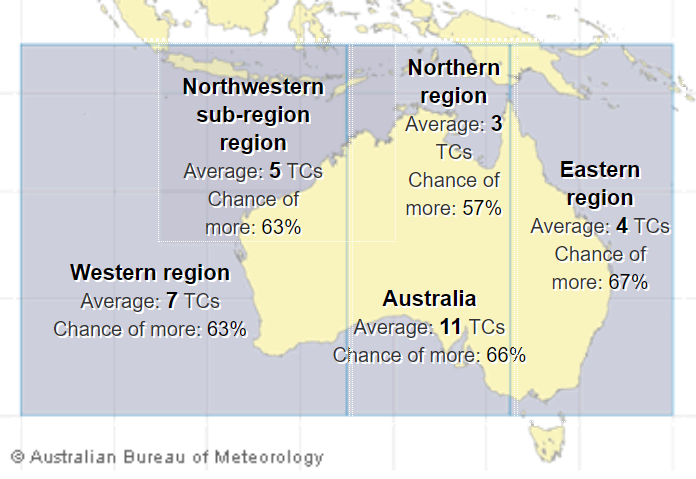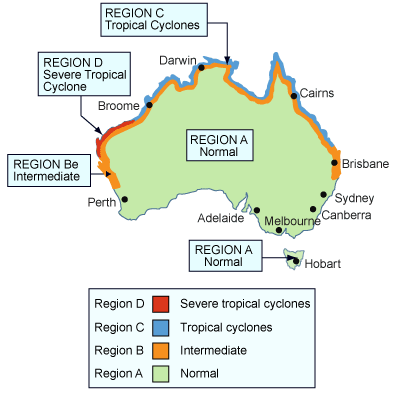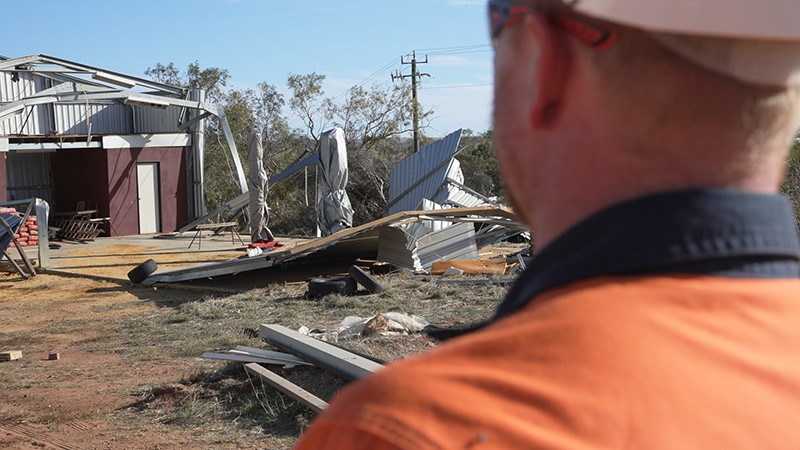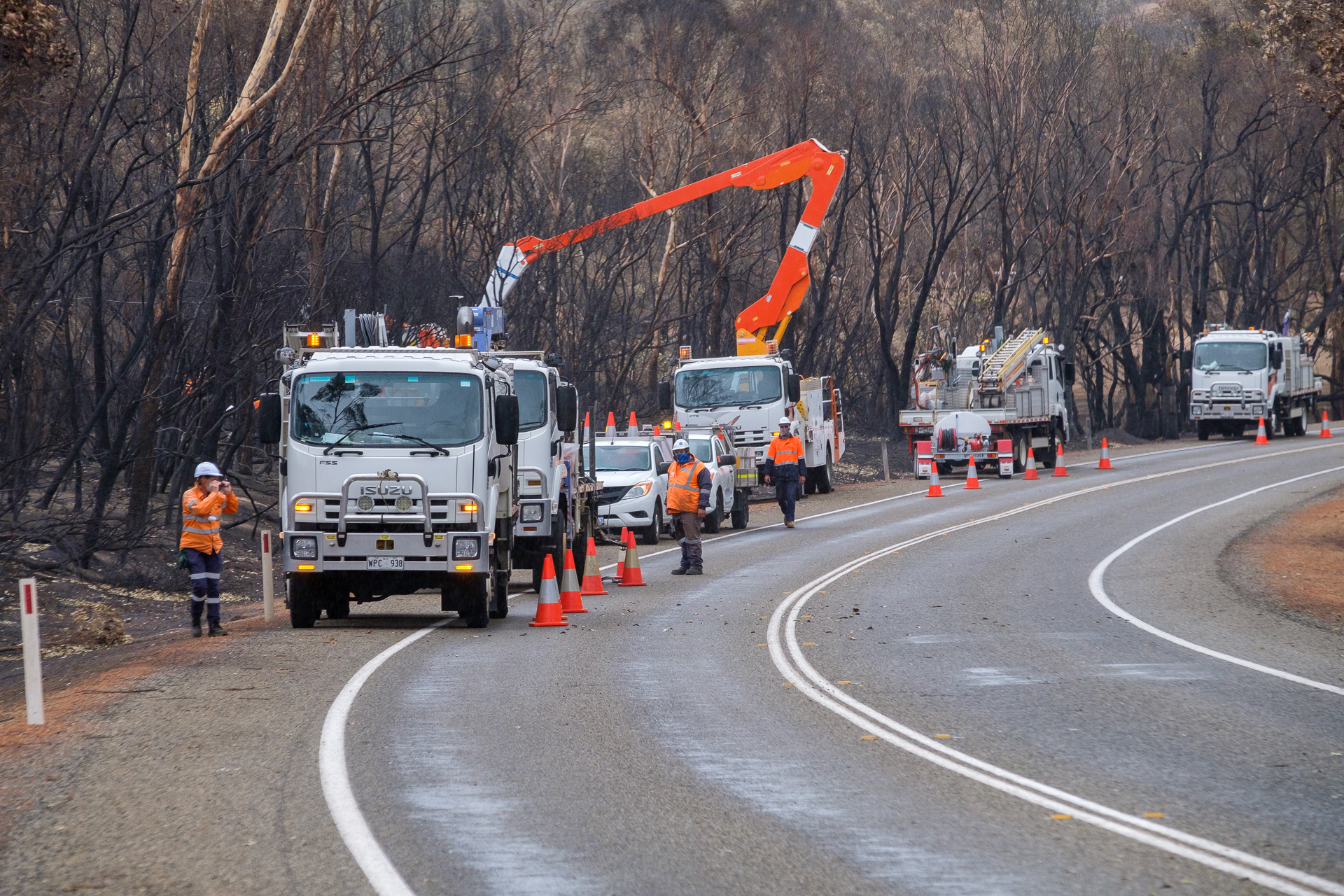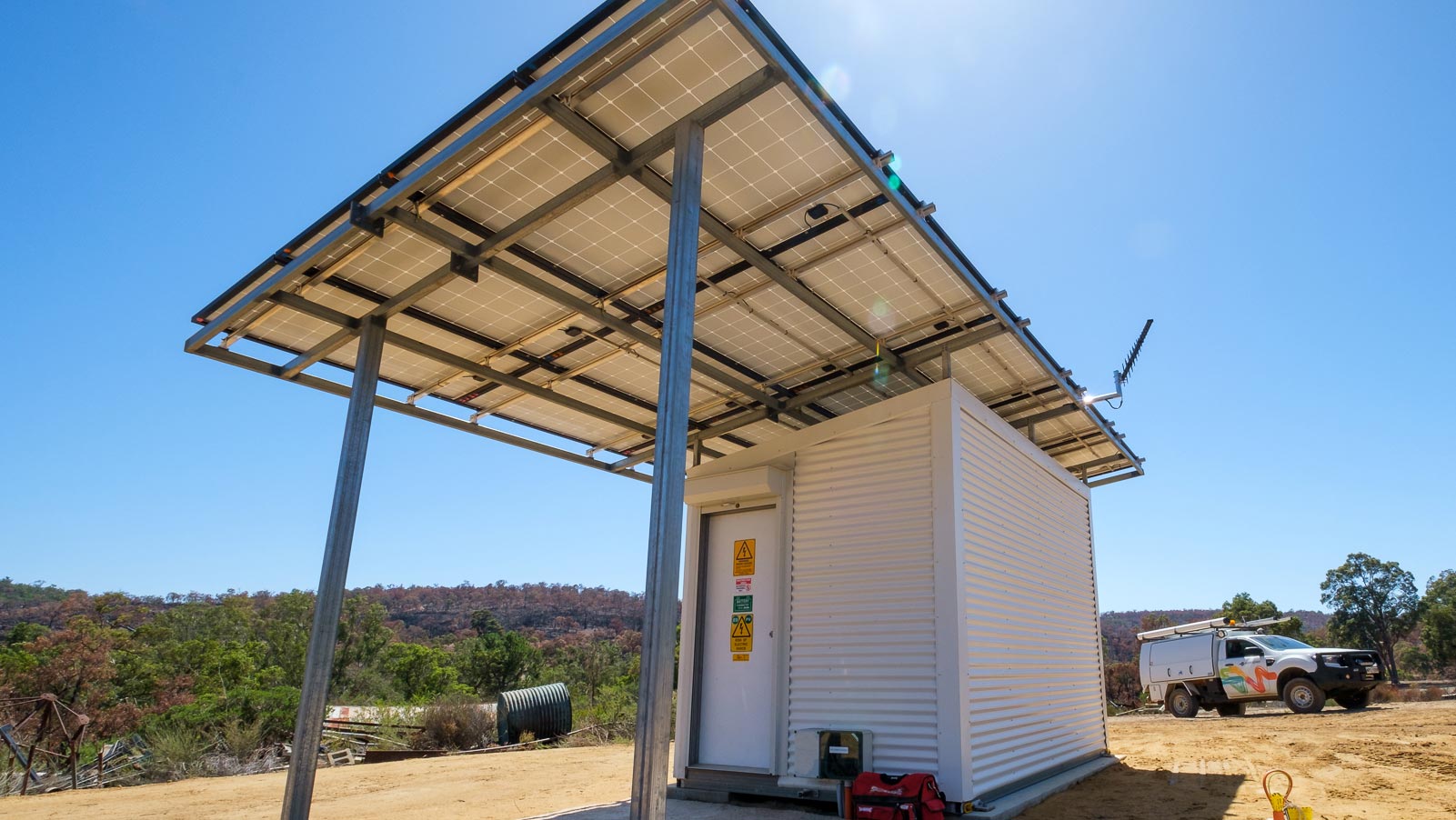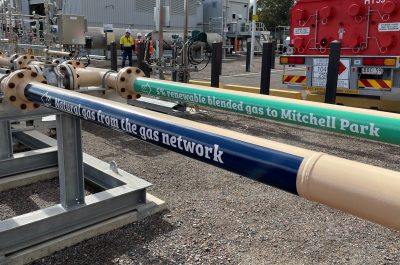Climate Change & Infrastructure – It’s a Risky Business
Severe Tropical Cyclone Seroja
Early last week Severe Tropical Cyclone Seroja crossed land on the Western Australian coast, just north of Geraldton. Seroja caused significant damage to homes, businesses and infrastructure, particularly in the small resort town of Kalbarri about 155km north of Geraldton.
Australia is just emerging from a “La Nina” climate pattern (the opposite of El Nino) where the surface of the Pacific Ocean is cooler than normal and which typically brings more cyclones to Australia. The Bureau of Meteorology’s outlook for the 2020-2021 storm season warned of an increased number of cyclones[1].
Severe Tropical Cyclone Seroja, a category 3 storm (the higher the number, the increasing intensity of the cyclone) strayed unusually far south into a region that typical doesn’t experience severe tropical cyclones. In Western Australia it is the region north, between Carnarvon and Port Headland that is likely to experience the most severe cyclones in Australia.
This means that buildings and infrastructure like powerlines were not rated for the 130 kph average winds and 100 mm that hit a swathe of mid-Western Australia. Kalbarri recorded a maximum wind gust of 170 kph. So far, the damage bill is estimated to be at least $200 million.
Western Power Efforts
Western Power Source: Twitter
Kalbarri is the northern-most tip of Western Power’s service region and Western Power moved to deploy over 250 personnel to affected areas. Crews have been working hard to reconnect as many of 32,000 customers that lost power as a result of Seroja. Currently 3,880 homes and businesses remain without power in various locations in the Mid West and Wheatbelt following Seroja, with around 28,000 restored progressively during the past week (current as at 21/04). This is the largest event to have impacted Western Power’s transmission network. There are up to 120 poles to replace and 140 large insulators that need to be repaired and/or replaced on the transmission network.
The extensive damage in and around Kalbarri means it will take some time to replace the over 133 transmission lines across an affected zone approximately 700kms long by 150 kms wide. To put that in perceptive the storm area was roughly the same land area as Tasmania or about half the size of Victoria.
Western Power are establishing a temporary depot in Kalbarri to support the recovery effort.
Western Power: Photo Supplied
It was only in February, two months ago, that Perth was dealing with the Wooroloo bushfire which burnt over 10,000 hectares of land and destroyed close to 90 homes. The fire also caused extensive damage to the Western Power electricity network. As a result of the Wooroloo bushfire 579 poles, 47 transformers and 56 underground assets were damaged or destroyed. Western Power crews worked around the clock to restore power as quickly as possible to customers and rebuild the network.
Western Power SAPS Photo Supplied
In the rebuild of the network, Western Power made several upgrades, including installing two stand-alone power systems, the first to go in a metropolitan area in WA.
Increasing Risks from weather
Weather events are having an increasingly significant impact on networks and customers. The bushfires of 2019-2020 had a very significant impact on communities and on electricity networks. Many communities are still recovering. Distribution networks have taken innovative approaches to reconnecting customers to deliver increased resilience, using Stand-Alone Power Systems[2].
It’s not just customers that are dependent on electricity, but other utilities like telecommunication and mobile towers, in particular. NSW is developing approaches to ensure that mobile towers have resilient electricity supplies. This will ensure that critical information can still flow, such as the location of fire fronts and the need to evacuate during power outages[3]. Networks are already working with telecommunication carriers to facilitate management during an event[4].
Severe weather, like cyclones, bushfires and thunderstorms have always had some impact on electricity networks, but climate impacts are increasing the frequency of severe events and the risk of impacts on electricity supply. Extremely high temperatures can result in limits being placed on the amount of electricity that can pass through a power line. In the future this may mean that it may be difficult to ensure there is enough electricity to power air conditioners, which are vital to keep cool on very hot days.
The risks of climate change to the electricity system, not just poles and wires, but also generation, are being explored in the Electricity Sector Climate Information (ESCI) Project[5].
Working together to understand the risks
Electricity poles and wires and towers and conductors typically have a life of many decades. Infrastructure that is built today or even 10-20 years ago, will experience very different weather conditions in the future. Understanding how severe weather has impacted electricity networks in the past by exploring performance against observed weather is helpful but doesn’t tell us about future performance and potential impacts. It costs more to build more resilient assets. In some situations, the extra cost is not worth it. Understanding how climate change impacts asset risk over the decades ahead is critical if we are to pay for the right level of resilience.
ENA is working with CSIRO to support electricity networks to understand the complexities of climate science and climate modelling. This will allow networks and their customers to understand the science behind future predictions. These future predictions can be used to help networks and customers plan for the future and ensure network design and innovation delivers the resilient electricity service customers need.
[1] http://www.bom.gov.au/climate/cyclones/australia/
[2] https://www.energynetworks.com.au/news/energy-insider/2020-energy-insider/bushfire-recovery-more-than-just-new-poles/
[3] https://www.dpc.nsw.gov.au/assets/dpc-nsw-gov-au/publications/NSW-Bushfire-Inquiry-1630/Final-Report-of-the-NSW-Bushfire-Inquiry.pdf
[4] https://www.energynetworks.com.au/news/energy-insider/2020-energy-insider/bushfires-royal-commission-energy-sector-issues/
[5] https://www.climatechangeinaustralia.gov.au/en/projects/esci/esci-datasets/
